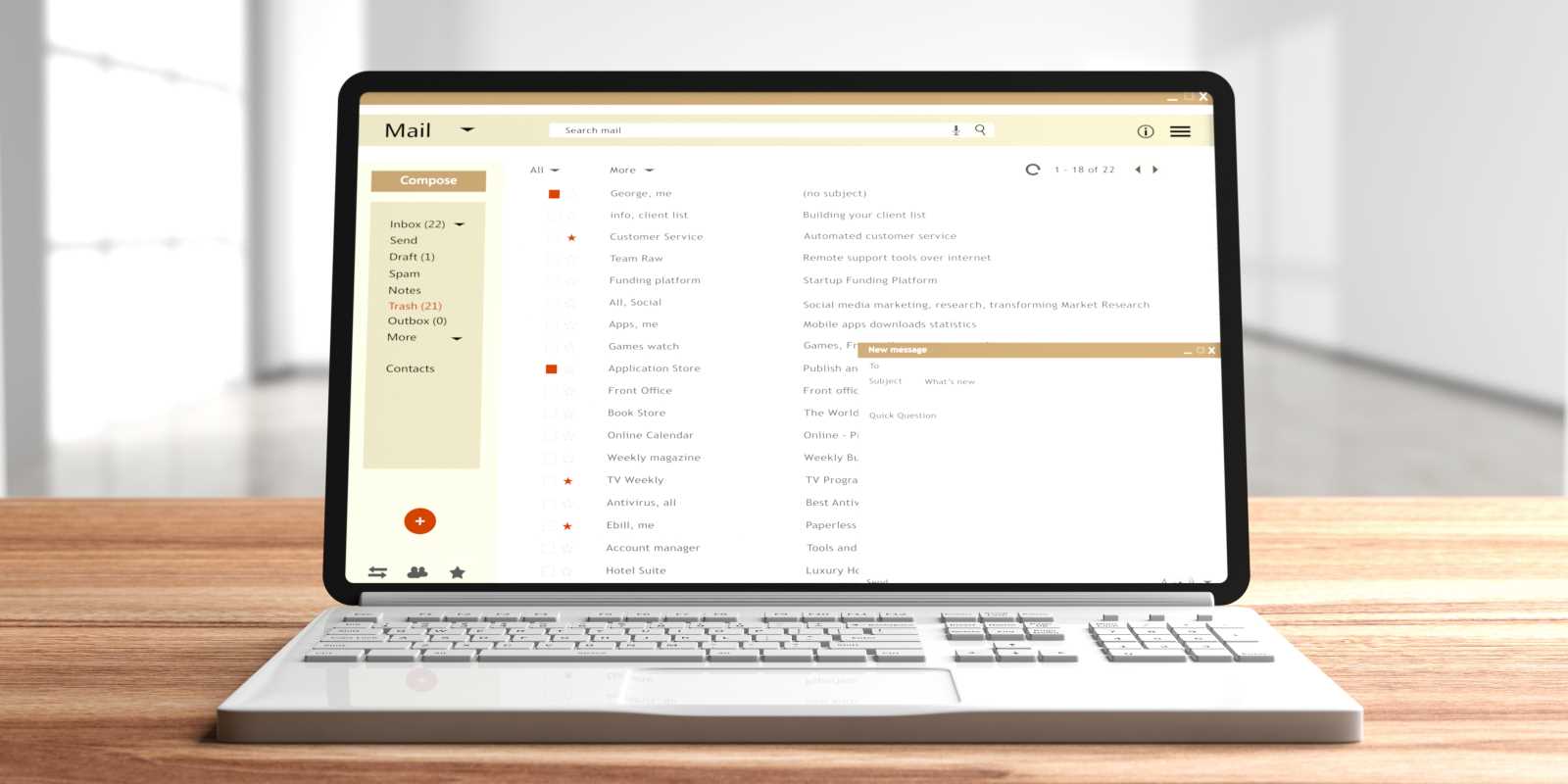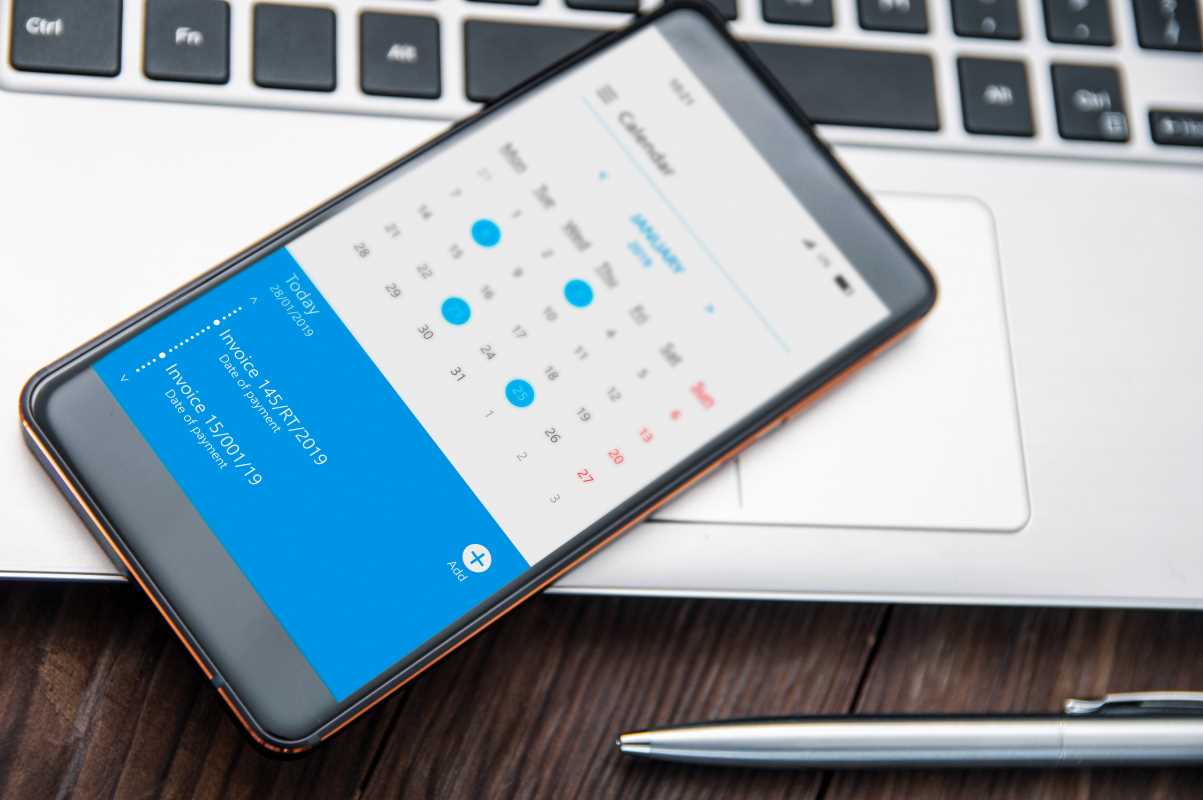Many of us wear the ability to multitask as a badge of honor. We juggle emails during meetings, listen to podcasts while writing reports, and text while preparing dinner. It feels like the only way to keep up with the endless demands on our time. The idea of doing many things at once seems like a superpower for productivity. The truth, however, is that multitasking is largely a myth. Our brains are not built to handle multiple attention-demanding tasks simultaneously. Instead of making us more efficient, this constant juggling act drains our mental energy, increases errors, and leaves us feeling stressed. Let's uncover the reality behind multitasking and explore a more effective path to genuine productivity.
The Cognitive Cost of Juggling Tasks
The belief that we can effectively perform several tasks at once is a powerful illusion. What we perceive as multitasking is actually rapid "task-switching." Your brain does not process information in parallel streams. It quickly toggles its attention between different activities, and this switching comes with a significant penalty.
Understanding Task-Switching
Imagine your brain as a single, powerful spotlight of focus. You can shine this spotlight brightly on one specific task, giving it your full attention. The moment you try to do two things at once, you are forced to move that spotlight back and forth. Each time you switch, there is a brief moment of reorientation, like a camera refocusing its lens.
This process is called a "context switch," and it consumes valuable mental resources. Your brain has to disengage from the first task, load the context of the second task, and then reverse the process to switch back. These switches may feel instantaneous, but they add up. Research suggests that this constant toggling can reduce your overall productivity by as much as 40%. The very act you thought was saving time is actively slowing you down.
Why Multitasking Drains Your Brain
Every switch between tasks uses up a little bit of your cognitive fuel. Your prefrontal cortex, the part of your brain responsible for executive functions like planning and decision-making, has to work overtime. This constant activity leads to mental fatigue much faster than focusing on a single task.
Think of it like starting a car engine. The initial ignition uses a burst of energy. Constantly turning your car on and off throughout a trip would be incredibly inefficient and wear out the engine. Similarly, task-switching creates a start/stop pattern in your brain, depleting your energy reserves and leaving you feeling mentally exhausted by the end of the day. This is why a day filled with multitasking can feel so draining, even if you feel you haven't accomplished much.
The Negative Effects of a Divided Mind
Attempting to multitask does more than just slow you down. It has a tangible impact on the quality of your work, your memory, and your overall sense of well-being. Prioritizing single-tasking is a powerful way to reclaim your focus and improve your performance.
Increased Errors and Reduced Quality
Your attention is a finite resource. Splitting it between multiple activities means that no single task gets the full, high-quality focus it deserves. This divided attention is a recipe for mistakes. You might miss a crucial detail in an email, make a calculation error in a spreadsheet, or forget an important point in a conversation.
The quality of your work suffers because you are operating at a surface level. Deep, thoughtful work requires sustained concentration. You cannot achieve a state of "flow"—that magical zone of complete immersion and peak performance—if your attention is constantly being pulled in different directions. Single-tasking allows you to dedicate your full cognitive power to the job at hand, resulting in a higher standard of work.
Damage to Your Memory
Multitasking also interferes with how your brain stores information. For something to move from short-term to long-term memory, it requires focused attention. When you are constantly switching tasks, the information you are processing doesn't get encoded as effectively.
Have you ever finished reading a page of a book only to realize you have no idea what you just read? That is a classic example of your attention being elsewhere. The information simply did not stick. Chronic multitasking can weaken your working memory, making it harder to recall information and learn new things. By focusing on one thing at a time, you give your brain the chance to properly process and store information, strengthening your memory in the long run.
Heightened Stress and Anxiety
The constant pressure to juggle multiple tasks can significantly increase your stress levels. Each time your phone buzzes or a new email notification pops up, it triggers a small release of the stress hormone cortisol. A day filled with these interruptions keeps your body in a low-grade state of fight-or-flight.
This continuous stimulation makes it difficult to relax and feel in control. You may feel a persistent sense of urgency and a nagging feeling that you are always behind. This environment of "continuous partial attention" is a major contributor to burnout and anxiety. Committing to single-tasking helps calm your nervous system, reduces feelings of being overwhelmed, and fosters a greater sense of peace and control over your day.
How to Embrace the Power of Single-Tasking
Breaking the multitasking habit requires conscious effort and a shift in your approach to work. Here are some practical strategies to help you cultivate deep focus and become more productive.
- Time Blocking Your Schedule: This technique involves dedicating specific blocks of time to a single task. Open your calendar and schedule appointments with yourself for your most important work. For example, you could block out 9:00 AM to 10:30 AM for "Write Project Report." During this time, that is the only thing you do. This creates a clear structure for your day and protects your focus.
- Create a Distraction-Free Environment: Your environment plays a huge role in your ability to concentrate. Before starting a focused work session, eliminate as many potential distractions as possible. Close unnecessary browser tabs, turn off notifications on your phone and computer, and find a quiet space to work. Let your colleagues know you are in a "focus block" and should not be disturbed unless it's an emergency.
- Use the Pomodoro Technique: This simple yet powerful method encourages single-tasking in short bursts. You work on one task for a focused 25-minute interval, followed by a 5-minute break. After four of these cycles, you take a longer break. This structure trains your brain to maintain intense focus for short periods, making it easier to resist the urge to multitask.
- Practice Mindful Task Management: Instead of reacting to every new demand, be intentional about what you work on. At the start of your day, identify your top 1-3 priorities. These are your "must-do" items. Work on them one at a time, finishing one before moving to the next. This deliberate approach ensures you are making progress on what truly matters, rather than just being busy.
Start small by dedicating one hour each day to focused, uninterrupted work on a single priority. You will likely discover a newfound sense of clarity, accomplishment, and calm. By honoring the way your brain is designed to work, you can achieve more with less stress and reclaim control over your attention.
 (Image via
(Image via





